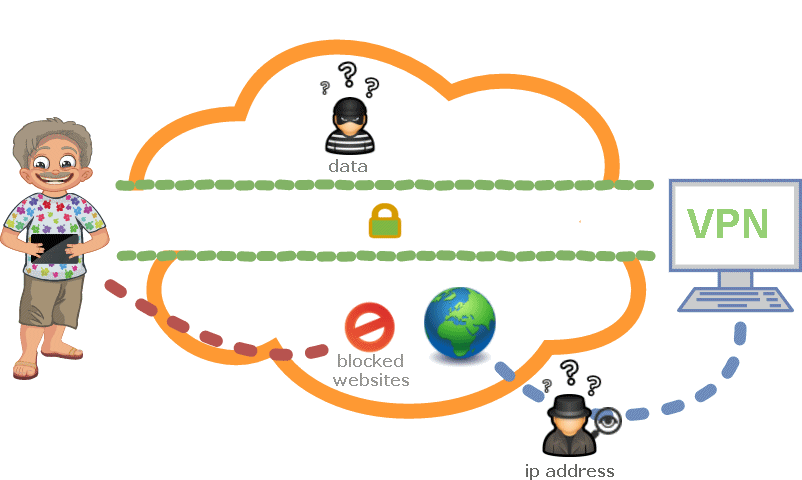

PPTP stands for "Point-to-Point Tunneling Protocol." PPTP is a networking standard for connecting to virtual private networks, or VPNs. VPNs are secure networks that can be accessed over the Internet, allowing users to access a network from a remote location. This is useful for people who need to connect to an office network from home or access their home computer from another location.
In Short, PPTP is useful because : -
- hides your original IP address
- allows you to access websites blocked by your local Internet Service Provider and Hotspot providers
- allows you to watch a local TV program when you are in a foreign region
The "point-to-point" part of the term refers the connection created by PPTP. It allows one point (the user's computer) to access another specific point (a remote network) over the Internet. The "tunneling" part of the term refers to the way one protocol is encapsulated within another protocol. In PPTP, the point-to-point protocol (PPP) is wrapped inside the TCP/IP protocol, which provides the Internet connection. Therefore, even though the connection is created over the Internet, the PPTP connection mimics a direct link between the two locations, allowing for a secure connection.
L2TP stands for Layer Two Tunneling Protocol is an extension of the Point-to-Point Tunneling Protocol (PPTP) used by an Internet service provider (ISP) to enable the operation of a virtual private network (VPN) over the Internet. L2TP merges the best features of two other tunneling protocols: PPTP from Microsoft and L2F from Cisco Systems. The two main components that make up L2TP are the L2TP Access Concentrator (LAC), which is the device that physically terminates a call and the L2TP Network Server (LNS), which is the device that terminates and possibly authenticates the PPP stream.